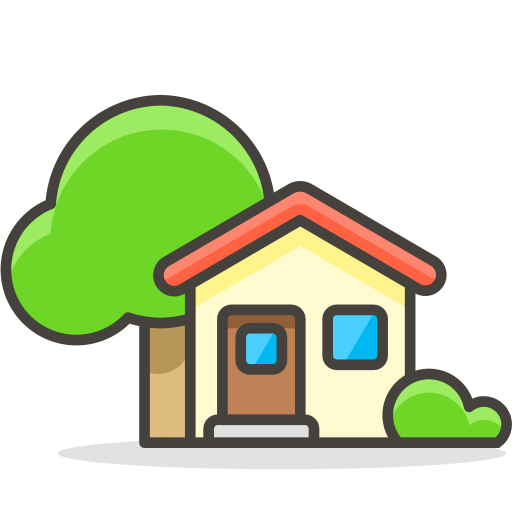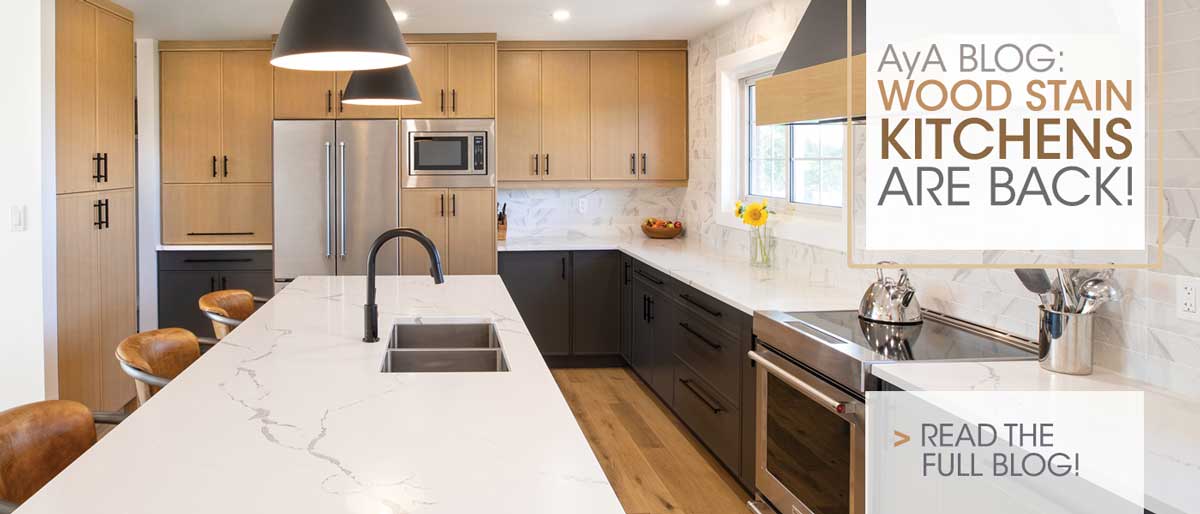The Essentials of Kitchen Design
Introduction: Why Kitchen Design Matters in 2025
The kitchen is no longer just a room for cooking; it’s the heart of the home — a multifunctional space for family gatherings, remote work, socializing, and even wellness. In 2025, kitchen design blends functionality, aesthetic appeal, and smart technology like never before. Whether you’re renovating or building new, understanding the essentials of kitchen design will help you create a space that’s both beautiful and practical.
The right kitchen design can:
-
Increase your home’s value
-
Improve your daily cooking and living experience
-
Maximize space, even in small kitchens
-
Integrate smart appliances for convenience and energy savings
In this part, we’ll explore how to plan your kitchen layout, choose the best materials, and optimize workflow for a seamless kitchen experience.
Understanding Your Kitchen Space: Layouts & Planning
The first step in any kitchen project is knowing your space and how to use it effectively. Kitchen layout affects everything from the ease of cooking to how your family and guests interact in the space.
Types of Kitchen Layouts
-
L-Shaped Kitchen
Ideal for small to medium spaces, the L-shape maximizes corner areas and keeps the workflow simple. It works well with open floor plans and allows for a dining area or island. -
U-Shaped Kitchen
Providing plenty of counter and storage space, the U-shape surrounds you with work areas on three sides. Great for larger kitchens and multiple cooks. -
Galley Kitchen
Best for narrow spaces, this design has two parallel counters. Efficient but can feel cramped if not designed with care. -
Island Kitchen
An island adds extra counter space, storage, and often seating. It’s the centerpiece of modern kitchens, great for entertaining. -
Peninsula Kitchen
Similar to an island but attached on one side, perfect for limited space where a full island won’t fit.
How to Measure Your Kitchen Space
Accurate measurements are critical before planning your kitchen. Follow these steps:
-
Measure wall lengths, window and door openings
-
Note ceiling height and any obstacles (vents, pipes)
-
Sketch your kitchen shape and dimensions
-
Identify plumbing and electrical points
Pro tip: Use a laser distance measurer for better accuracy.
Planning the Kitchen Workflow: The Work Triangle
One of the oldest and most effective kitchen design principles is the work triangle — the path between the sink, stove, and refrigerator. Ideally, this triangle should be compact but unobstructed, allowing efficient movement.
Key points:
-
Each leg of the triangle should be between 4 and 9 feet
-
Avoid placing obstacles inside the triangle
-
Maximize counter space near each point for prep and cleanup
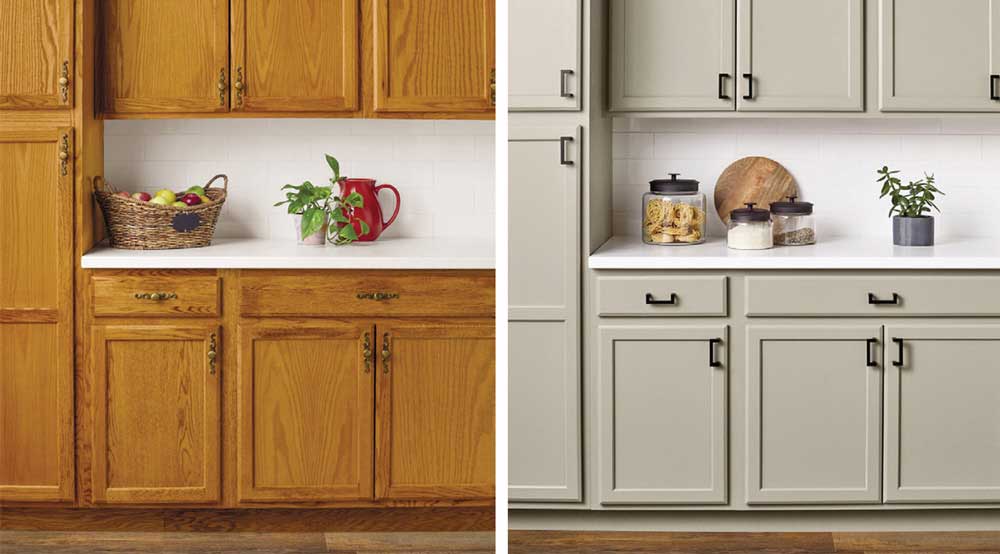
Mastering Kitchen Design: Space, Style, and Smart Appliances for Your Home
Materials & Finishes: Choosing Surfaces That Last
Selecting durable, beautiful materials for countertops, cabinets, and floors is crucial. Here’s a quick guide:
| Material | Cost per Sq Ft | Durability | Maintenance | Style |
|---|---|---|---|---|
| Granite | $40–$100 | High | Medium | Classic, luxurious |
| Quartz | $50–$120 | Very High | Low | Sleek, modern |
| Laminate | $10–$40 | Medium | Medium | Wide color variety |
| Butcher Block | $30–$80 | Medium | High | Warm, rustic charm |
| Marble | $50–$150 | Medium | High | Elegant but requires care |
Countertops: Key Considerations
-
Durability under heat and scratches
-
Resistance to stains and bacteria
-
Ease of cleaning and maintenance
-
Matching style with cabinets and flooring
Cabinet Materials & Finishes
-
Solid wood: timeless, strong, but pricey
-
MDF (medium-density fiberboard): affordable, smooth finish, less durable
-
Laminate: cost-effective with many color options
-
Painted finishes: versatile and trendy, but prone to chipping
Flooring Options
-
Hardwood: warm and durable but sensitive to moisture
-
Tile: waterproof and easy to clean, but can be cold and hard
-
Vinyl: budget-friendly and moisture-resistant
-
Concrete: modern look, durable, can be cold
Optimizing Kitchen Zones
Dividing your kitchen into zones improves function and flow:
| Zone | Function | Examples |
|---|---|---|
| Cooking | Stove, oven, microwave | Proximity to counter for prep |
| Preparation | Countertops, sink | Near fridge for easy access |
| Cleaning | Sink, dishwasher | Close to trash and recycling |
| Storage | Cabinets, pantry, fridge | Organized for easy reach |
Incorporating Smart Design Elements
Modern kitchens incorporate smart devices that save time and energy:
-
Touchless faucets for hygiene
-
Smart refrigerators that track groceries
-
Voice-controlled lighting and appliances
-
Under-cabinet charging stations
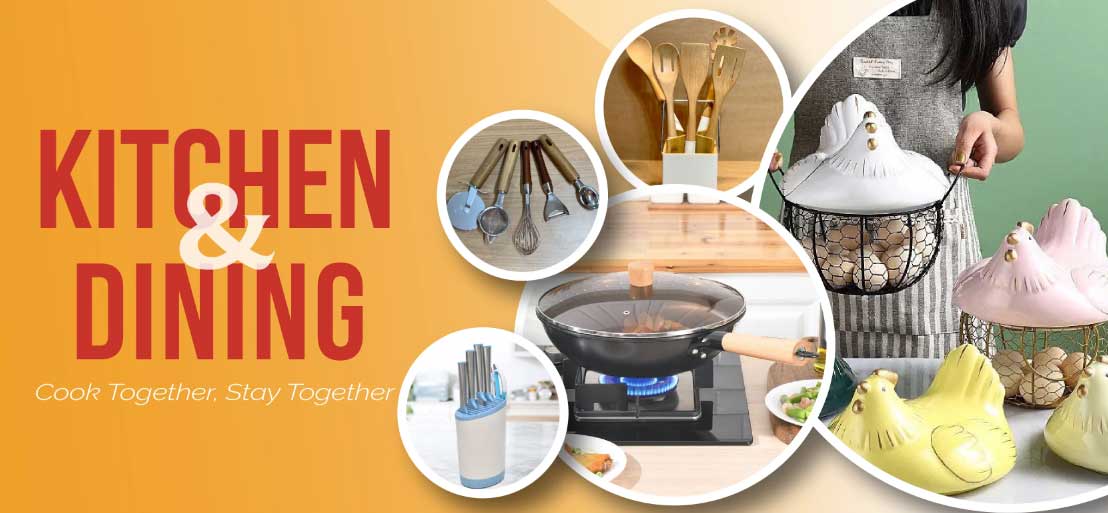
Mastering Kitchen Design: Space, Style, and Smart Appliances for Your Home
CTA — Ready to Plan Your Dream Kitchen?
Download our free Kitchen Layout Planner and start designing your perfect kitchen today!
Common Pitfalls in Kitchen Design to Avoid
-
Overcrowding space with appliances
-
Neglecting natural light
-
Skimping on storage
-
Ignoring the work triangle
-
Choosing trendy over timeless materials
Style, Storage & Appliances
Crafting Your Kitchen Style: Finding the Perfect Look
Choosing a kitchen style sets the tone for your entire space. Your style reflects personality, lifestyle, and functionality needs.
Popular Kitchen Styles in 2025
-
Modern Kitchens
Sleek lines, minimalism, integrated appliances, neutral palettes with bold accent colors. Think handleless cabinets, matte or glossy finishes. -
Farmhouse Kitchens
Warmth and rustic charm with open shelving, apron sinks, wood beams, and vintage fixtures. Often paired with neutral tones and natural materials. -
Traditional Kitchens
Classic cabinetry with ornate details, rich wood tones, and elegant hardware. Marble or granite countertops with decorative backsplashes. -
Minimalist Kitchens
Clean, clutter-free, functional with hidden storage. Often white or monochrome, focusing on simplicity and space. -
Industrial Kitchens
Raw materials like exposed brick, metal fixtures, concrete countertops, and open pipework add an urban edge.
Color Palettes & Trends
Choosing the right colors can dramatically affect mood and space perception:
| Color Palette | Mood & Effect | Popular Use |
|---|---|---|
| White & Gray | Clean, spacious, timeless | Minimalist & modern kitchens |
| Earth Tones | Warm, cozy, natural | Farmhouse and rustic designs |
| Bold Colors | Energetic, statement-making | Accent walls, cabinets |
| Pastels | Soft, calming | Modern and vintage mixes |
Cabinet Storage Solutions: Maximizing Space
Efficient storage is essential for a clutter-free kitchen.
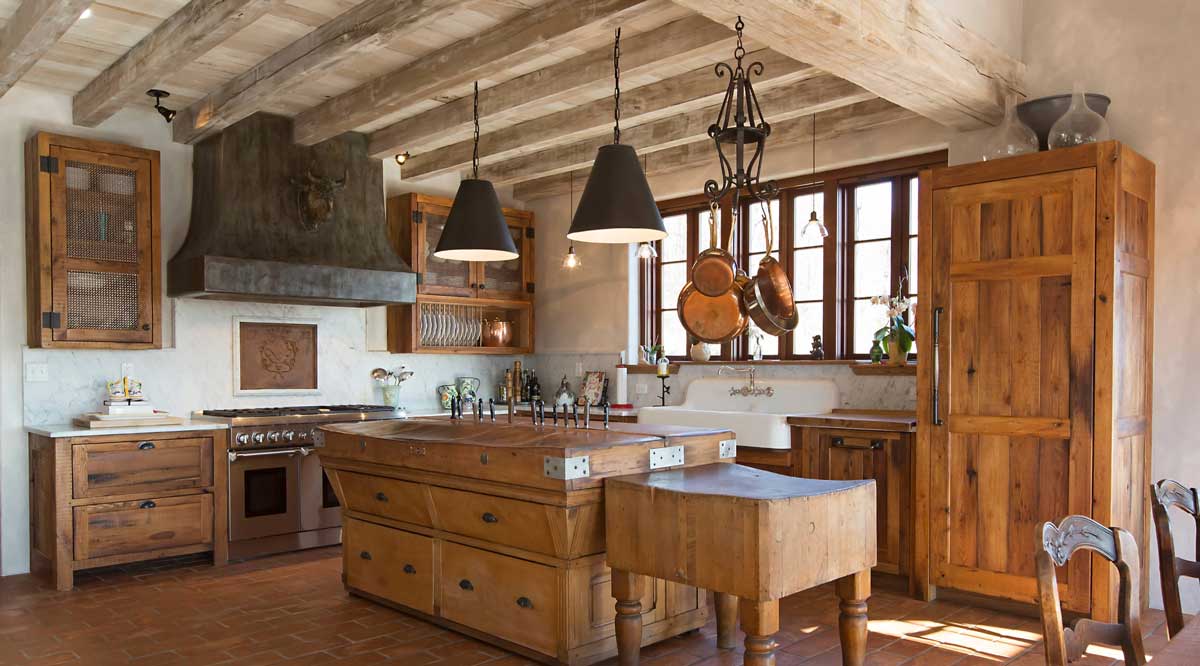
Mastering Kitchen Design: Space, Style, and Smart Appliances for Your Home
Types of Cabinet Storage
-
Pull-Out Shelves
Easily access items at the back of deep cabinets. -
Lazy Susans
Rotating shelves perfect for corner cabinets. -
Drawer Organizers
For utensils, spices, and small gadgets. -
Built-In Pantry
Tall cabinets with adjustable shelves for dry goods. -
Appliance Garages
Hide away coffee makers, toasters, keeping counters clear.
Smart Storage Ideas
-
Vertical Dividers for baking sheets and trays
-
Under-sink organizers to optimize cleaning supplies
-
Pull-out trash and recycling bins for hygiene and convenience
Lighting Design: More Than Just Illumination
Good lighting enhances function and ambiance.
Types of Kitchen Lighting
-
Ambient Lighting
General overhead lights, often recessed or pendant lamps. -
Task Lighting
Focused lights for work areas like under-cabinet strips. -
Accent Lighting
Highlight cabinets, artwork, or architectural features.
Smart Lighting Features
-
Adjustable brightness and color temperature
-
Voice or app-controlled lighting
-
Motion sensors for hands-free operation
Choosing Appliances: Balance Between Essential and Luxury
Modern kitchens are incomplete without appliances that match your lifestyle.
Essential Kitchen Appliances
-
Refrigerator
-
Oven and Stove (gas or electric)
-
Dishwasher
-
Microwave
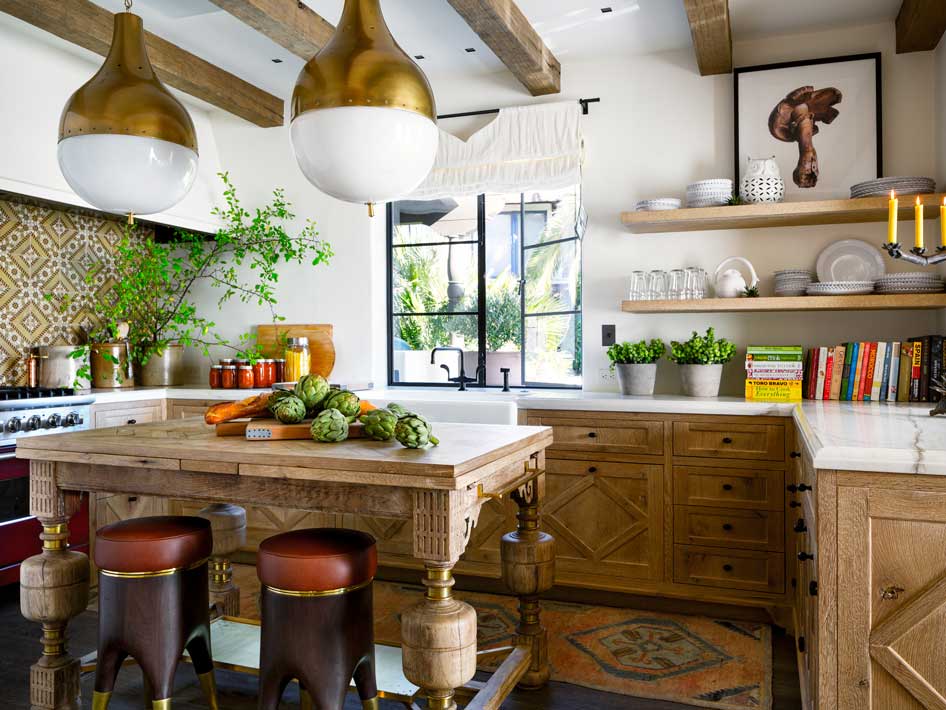
Mastering Kitchen Design: Space, Style, and Smart Appliances for Your Home
Luxury & Smart Appliances
-
Smart refrigerators with touchscreen and inventory tracking
-
Induction cooktops with precise temperature control
-
Voice-activated coffee makers
-
Wi-Fi-enabled ovens with remote control
-
Built-in vacuum systems
Energy Efficiency & Sustainability
Choosing energy-efficient appliances reduces utility bills and environmental impact.
Look for:
-
Energy Star ratings
-
Appliances with eco-modes or smart power management
-
Water-saving dishwashers and faucets
Cost Comparison of Key Appliances
| Appliance | Budget Range ($) | Mid-Range ($) | Luxury/Smart ($) |
|---|---|---|---|
| Refrigerator | 500–1,200 | 1,200–2,500 | 3,000+ |
| Oven & Stove | 400–1,000 | 1,000–3,000 | 3,000+ |
| Dishwasher | 300–700 | 700–1,500 | 2,000+ |
| Microwave | 70–200 | 200–500 | 500+ |
Avoiding Common Appliance Mistakes
-
Oversized appliances in small kitchens
-
Poor appliance placement that breaks the workflow
-
Ignoring energy efficiency for upfront savings
CTA — Need Help Choosing Your Kitchen Appliances?
Request our free Appliance Buying Guide and make the smartest choices for your kitchen!
Design Mistakes to Avoid
-
Ignoring storage needs
-
Overcomplicating lighting design
-
Mixing incompatible styles
-
Neglecting ventilation
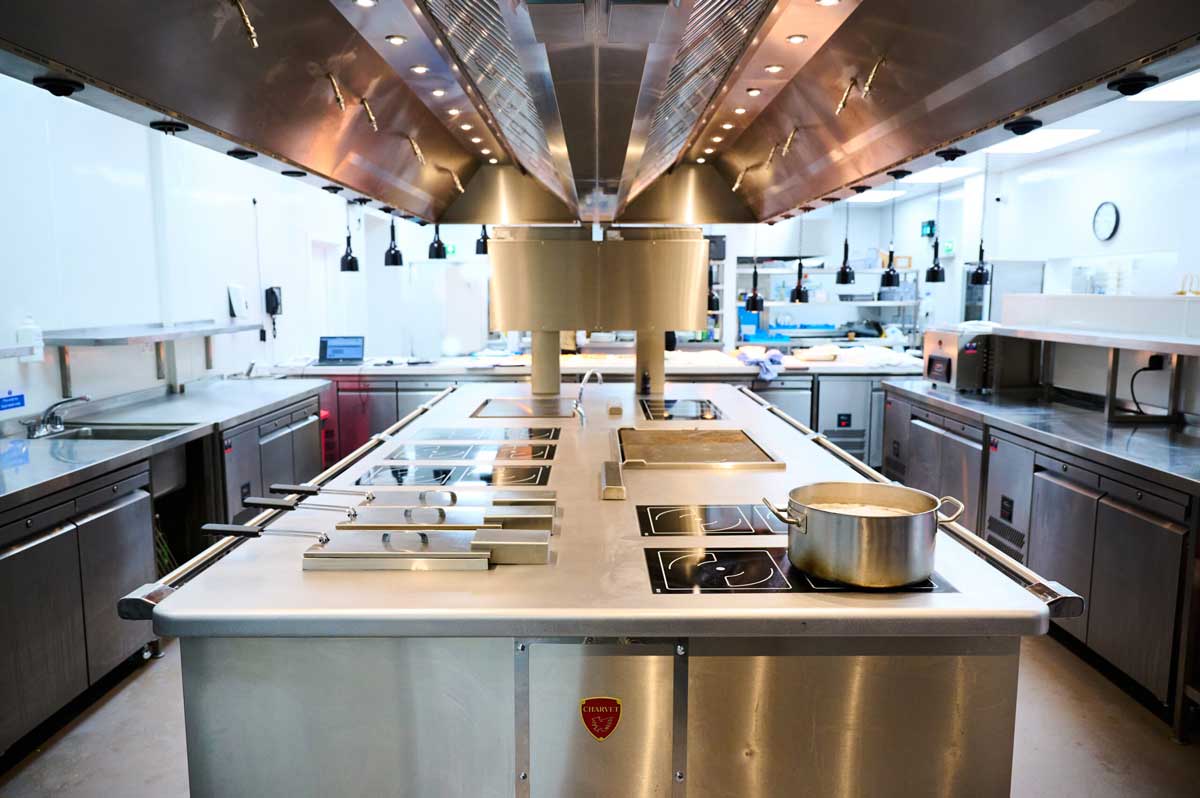
Mastering Kitchen Design: Space, Style, and Smart Appliances for Your Home
Summary
Part 2 covered the essential kitchen styles, smart storage solutions, lighting design, and appliances to help you build a kitchen that is functional, stylish, and future-proof.
Budgeting, Remodeling, and FAQs
Setting Your Kitchen Design Budget: What to Expect
Budgeting is the cornerstone of a successful kitchen project. Knowing costs upfront prevents surprises and helps prioritize.
Typical Kitchen Remodel Cost Breakdown
| Item | Average Cost Range ($) | Percentage of Total Budget (%) |
|---|---|---|
| Cabinets | 8,000 – 20,000 | 30 – 35 |
| Countertops | 2,000 – 7,000 | 10 – 15 |
| Appliances | 3,000 – 10,000 | 15 – 20 |
| Flooring | 1,500 – 5,000 | 7 – 10 |
| Lighting | 500 – 2,000 | 2 – 5 |
| Plumbing & Electrical | 1,000 – 3,000 | 5 – 7 |
| Labor | 5,000 – 15,000 | 25 – 30 |
| Total | 20,000 – 60,000+ | 100 |
Note: Costs vary widely based on kitchen size, quality, and region.
Budget-Friendly Tips Without Compromise
-
Refinish or repaint cabinets instead of replacing them.
-
Opt for laminate or butcher block countertops instead of granite or quartz.
-
Choose energy-efficient, mid-range appliances.
-
DIY some tasks like painting or demolition.
-
Shop sales and discounts for fixtures and hardware.
Step-by-Step Remodeling Process
-
Planning and Design
Define style, storage, appliances, and budget. Use design software or consult a pro. -
Demolition
Remove old fixtures, appliances, and cabinetry carefully. -
Structural and System Upgrades
Plumbing, electrical, and ventilation work happen now. -
Cabinetry and Countertops Installation
Precise fitting is key for quality. -
Flooring and Walls
Install flooring, backsplash, and paint. -
Appliance Setup and Lighting
Finalize appliance installation and lighting. -
Final Touches and Inspection
Hardware, trim, and quality checks.
Real-Life Case Study: Transforming a Small Kitchen
Before:
-
Outdated cabinetry, cramped layout, poor lighting.
Design Choices:
-
Installed modern handleless cabinets with pull-out shelves.
-
Added LED under-cabinet lighting and pendant lights.
-
Integrated smart appliances with app control.
Results:
-
Kitchen feels 40% larger.
-
Energy usage cut by 20%.
-
Home value increased significantly.
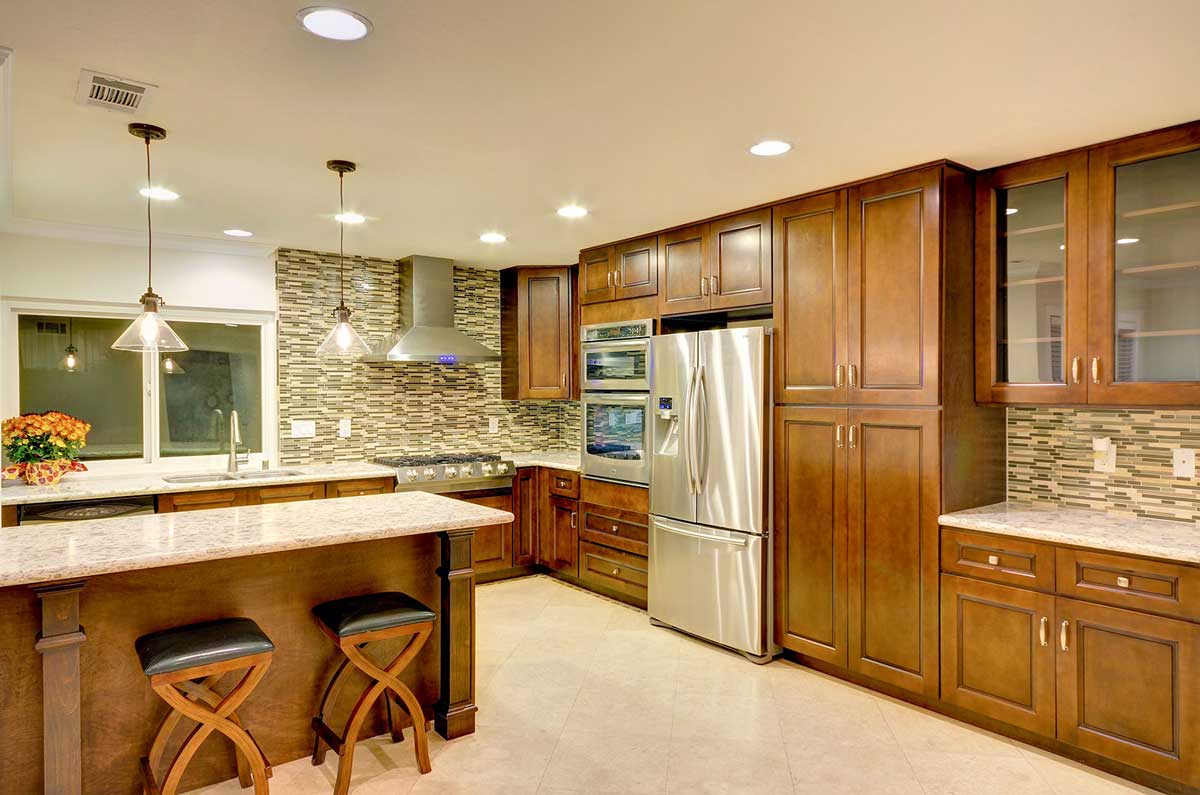
Mastering Kitchen Design: Space, Style, and Smart Appliances for Your Home
FAQs: Your Kitchen Design Questions Answered
Which kitchen layout is best for small spaces?
Galley or L-shaped kitchens maximize efficiency in limited areas by using two walls or one corner for appliances and counters.
Where should I place the refrigerator for best workflow?
Ideally near the kitchen entrance to unload groceries quickly and next to the prep zone for convenience.
Who should I hire for a kitchen remodel?
Look for licensed contractors with strong portfolios and client reviews. Consider a kitchen designer for style guidance.
When is the best time to remodel a kitchen?
Spring or fall usually offers better contractor availability and moderate pricing.
How do I choose the right countertop material?
Consider durability, maintenance, style, and budget. Quartz is durable and low maintenance; granite is elegant but requires sealing.
What are the top smart kitchen appliances for 2025?
Smart refrigerators, Wi-Fi ovens, app-controlled dishwashers, voice-activated faucets, and smart coffee makers are trending.
Bonus: Kitchen Design Checklist
-
Define your kitchen style and color palette
-
Plan layout based on your cooking and storage needs
-
Select cabinetry with smart storage features
-
Invest in layered lighting (ambient, task, accent)
-
Choose energy-efficient, smart appliances
-
Set a realistic budget and prioritize spending
-
Hire qualified professionals or plan DIY carefully
-
Prepare for a smooth remodeling timeline
CTA — Ready to Design Your Dream Kitchen?
Download our FREE Kitchen Design Planner and Budget Worksheet to get started today! [Download Now]
Summary
In this final part, we covered budgeting, remodeling steps, real-world examples, FAQs, and practical checklists. Now you have the full roadmap for a kitchen design project that blends style, efficiency, and smart technology.

Mastering Kitchen Design: Space, Style, and Smart Appliances for Your Home
Advanced Trends, Sustainability & Future-Proofing
Emerging Kitchen Design Trends for 2025 and Beyond
-
Biophilic Design: Incorporating natural elements like indoor plants, wood finishes, and natural light to create a calming environment.
-
Multifunctional Islands: Islands with integrated seating, storage, prep sinks, and charging stations.
-
Minimalist & Hidden Storage: Clean lines with hidden compartments and pull-out pantries optimize space and declutter.
-
Matte Finishes & Textured Surfaces: Matte cabinetry and textured backsplashes add depth and sophistication.
-
Integrated Smart Tech: From voice-activated faucets to AI-enabled ovens that adjust cooking automatically.
Sustainability in Kitchen Design
-
Eco-Friendly Materials: Bamboo cabinets, recycled glass countertops, and low-VOC paints reduce environmental impact.
-
Energy-Efficient Appliances: Look for ENERGY STAR ratings and smart energy management systems.
-
Water Conservation: Low-flow faucets and smart leak detectors help reduce water waste.
-
Waste Management: Built-in compost bins and recycling centers encourage sustainable habits.
Future-Proofing Your Kitchen
-
Modular Components: Easily upgrade appliances or cabinetry without a full remodel.
-
Smart Home Integration: Choose appliances and systems compatible with major smart home ecosystems (Google Home, Alexa, Apple HomeKit).
-
Flexible Lighting Systems: Adjustable color temperature and dimming to suit moods and tasks.
-
Charging Stations & Connectivity: USB ports, wireless charging pads, and strong Wi-Fi coverage built-in.
Case Study: A Sustainable Smart Kitchen in Action
-
Location: San Francisco, CA
-
Design Highlights: Bamboo flooring, recycled quartz countertops, ENERGY STAR appliances, and a smart water monitoring system.
-
Outcome: Reduced energy bills by 25%, cut water use by 30%, and received a local green building certification.
Frequently Asked Advanced Questions
Which smart appliances offer the best energy savings?
Models with AI learning and eco modes reduce electricity usage without compromising performance.
Where can I source sustainable kitchen materials?
Specialty suppliers, local eco-friendly retailers, and online green marketplaces offer certified products.
How to maintain smart kitchen devices for longevity?
Regular firmware updates, cleaning sensors and screens, and scheduled professional maintenance ensure optimal function.
CTA — Stay Ahead in Kitchen Innovation
Subscribe to our newsletter for monthly updates on kitchen trends, smart appliance reviews, and exclusive design tips.
Summary
This bonus section empowers your readers to embrace cutting-edge trends and sustainability, making their kitchen future-proof and environmentally conscious. It perfectly complements your masterful 3-part series.

Mastering Kitchen Design: Space, Style, and Smart Appliances for Your Home
Lighting, Ergonomics, Safety, and Maintenance
Illuminating Your Kitchen: Lighting Design Essentials
Good lighting transforms a kitchen from merely functional to inviting and efficient.
Types of Kitchen Lighting
-
Ambient Lighting: Provides overall illumination. Examples include recessed ceiling lights and flush mounts.
-
Task Lighting: Focuses on specific work areas like countertops and sinks. Under-cabinet LED strips are perfect here.
-
Accent Lighting: Highlights architectural features or decorative elements such as open shelves or artwork.
Lighting Tips for Maximum Effect
-
Use layered lighting combining ambient, task, and accent for flexibility.
-
Opt for dimmable LEDs to adjust mood and energy use.
-
Install smart lighting controls linked with voice assistants or apps for convenience.
Ergonomics: Designing for Comfort and Efficiency
-
Work Triangle Optimization: The sink, stove, and refrigerator should form an efficient triangle to minimize movement.
-
Counter Height: Standard 36 inches works for most; adjustable or varied heights improve comfort.
-
Accessible Storage: Pull-out shelves and drawers reduce bending and reaching.
-
Anti-Fatigue Mats: Cushioned floor mats ease long hours standing during cooking.
Kitchen Safety Best Practices
-
Install fire extinguishers and smoke detectors within easy reach.
-
Use child-proof locks on cabinets containing hazardous materials.
-
Ensure adequate ventilation to reduce smoke and odors.
-
Avoid cluttered countertops to reduce trip and fall hazards.
-
Use slip-resistant flooring materials in the kitchen area.
Maintenance Tips for a Long-Lasting Kitchen
-
Regular Cleaning: Wipe down surfaces daily with appropriate cleaners for different materials.
-
Appliance Care: Follow manufacturer guidelines for cleaning and servicing smart appliances.
-
Cabinet & Hardware Checks: Tighten loose handles and check for wear or water damage periodically.
-
Countertop Sealing: Granite and quartz need periodic sealing to maintain durability.
Table: Recommended Lighting Types for Kitchen Zones
| Kitchen Zone | Recommended Lighting Type | Recommended Fixtures |
|---|---|---|
| Cooking Area | Task Lighting | Under-cabinet LED strips, track lights |
| Eating/Breakfast Nook | Ambient + Accent Lighting | Pendant lights, recessed lights, wall sconces |
| Sink/Washing Area | Task Lighting | Adjustable spotlights, recessed lighting |
| Open Shelving | Accent Lighting | LED strip lights, puck lights |
Frequently Asked Questions
Which lighting color temperature suits kitchens best?
Neutral white (around 3500K to 4100K) balances warmth and clarity, ideal for cooking and prep areas.
How to ergonomically design kitchen cabinets for all users?
Include a mix of low drawers, pull-out shelves, and adjustable shelving to accommodate varied heights and mobility.
What are the safest flooring options for kitchens?
Textured porcelain tiles, cork, and vinyl provide slip resistance while being durable and easy to clean.
Summary
Lighting, ergonomics, safety, and maintenance are critical for a kitchen that’s both beautiful and functional over time. This part completes your comprehensive kitchen design series by ensuring your readers’ kitchens are not only stunning but comfortable and safe.
